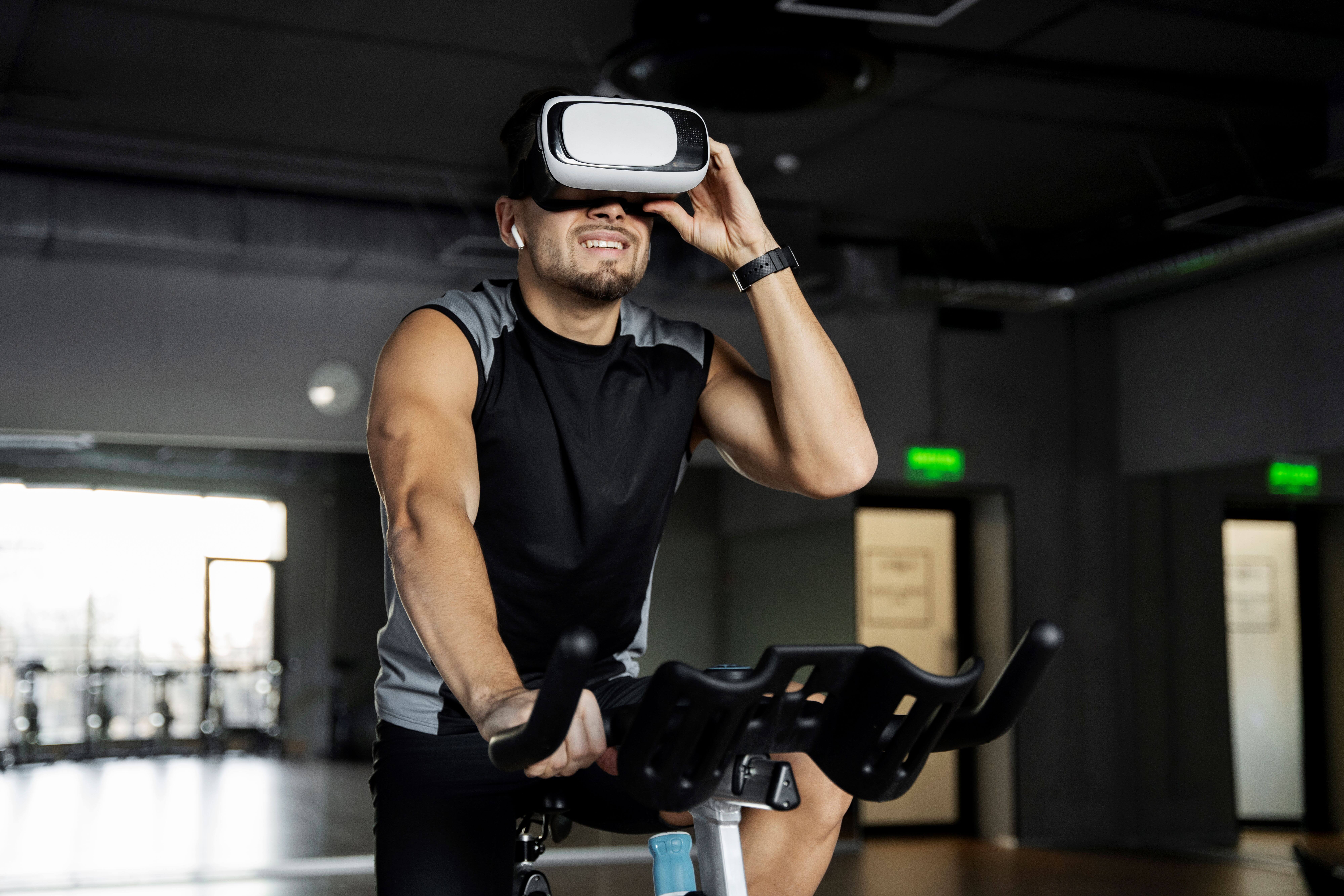Contents
Virtual Reality (VR) has revolutionized several industries in the last decades, and the sporting sector is no exception. From PickBoss‘s best MA sports betting sites to sports training, virtual reality technology has become integral to them all.
When athletes train with virtual reality, it supports the development of their techniques and even minimizes some injury risks. In addition, VR technology provides several benefits that put athletes that utilize it at an advantage. This article will explore virtual reality technology’s advantages to athletes’ training and fitness.
Immersive Training Environment
One of the benefits of training with VR is that it provides athletes with an immersive training environment. In other words, VR technology replicates real-world scenarios. In this virtual simulation, athletes can train to face different challenges. The goal is to help improve athletes’ response time and decision-making in different scenarios.
For example, a boxer can use VR technology to learn how to respond to varying moves from an opponent. Or even a football player can use VR technology to review past games to learn game strategies and make better, faster decisions during real-world games.
Enhances Focus
Focus is essential to an athlete’s sporting success. It helps an athlete attend to the cues in hand and concentrate on tasks to succeed. And with VR technology, athletes can enhance their level of focus. The VR simulation provides athletes with a distraction-free environment.
For example, athletes can wear VR headsets during training, which helps them block out distractions. With VR technology, athletes can focus solely on their training routine to achieve their goals.
Remote Training Capacity

As an athlete, another reason to consider using VR is that it allows you to train remotely. In addition, it breaks the distance boundary by enabling athletes to train from anywhere globally.
This ability of virtual reality is beneficial to athletes who cannot travel to training facilities due to financial constraints or logistics issues. But by using VR, coaches can provide athletes with high-quality training from anywhere in the world. And with VR technology monitoring athletes’ movements, coaches can provide real-time feedback and guidance to achieve a common goal.
Prevents Injury
VR technology also helps athletes by providing corrective feedback during training to prevent injury. According to research, the injury incident rate per 1000 athletics hours of training ranges from 2.5 to 5.8. But VR technology can reduce the injury rate during training significantly.
VR technology uses motion sensors and cameras to detect an athlete’s techniques. As such, when there is a flaw in an athlete’s training technique, VR technology helps the athlete by providing adjustment to prevent injury.
Improves Mental Capacity
Mental training is another way VR helps athletes through virtualization, relaxation, positive self-talk, and enhancing their mental game. VR technology creates an immersive and interactive environment for athletes that stimulates the real world.
An athlete can use a VR headset that simulates a competition setting. Hence, this allows them to practice and improve their mental skill in a realistic but controlled environment. For example, a soccer player could use VR technology to enhance playing penalty kicks in a virtual stadium, virtualizing the crowd and pressure of the situation.
Conclusion
In summary, training with virtual reality technology has grown significantly. It provides athletes with a range of challenges and exercises though in a virtual world. It uses various sensors and tracking systems to integrate the real world with the virtual one.
So, for every movement athletes make in the real world, the tracking system provides feedback in real-time in the virtual world. So, if you’re looking for a fun yet competitive way to boost training as an athlete, VR technology is the way to go.

